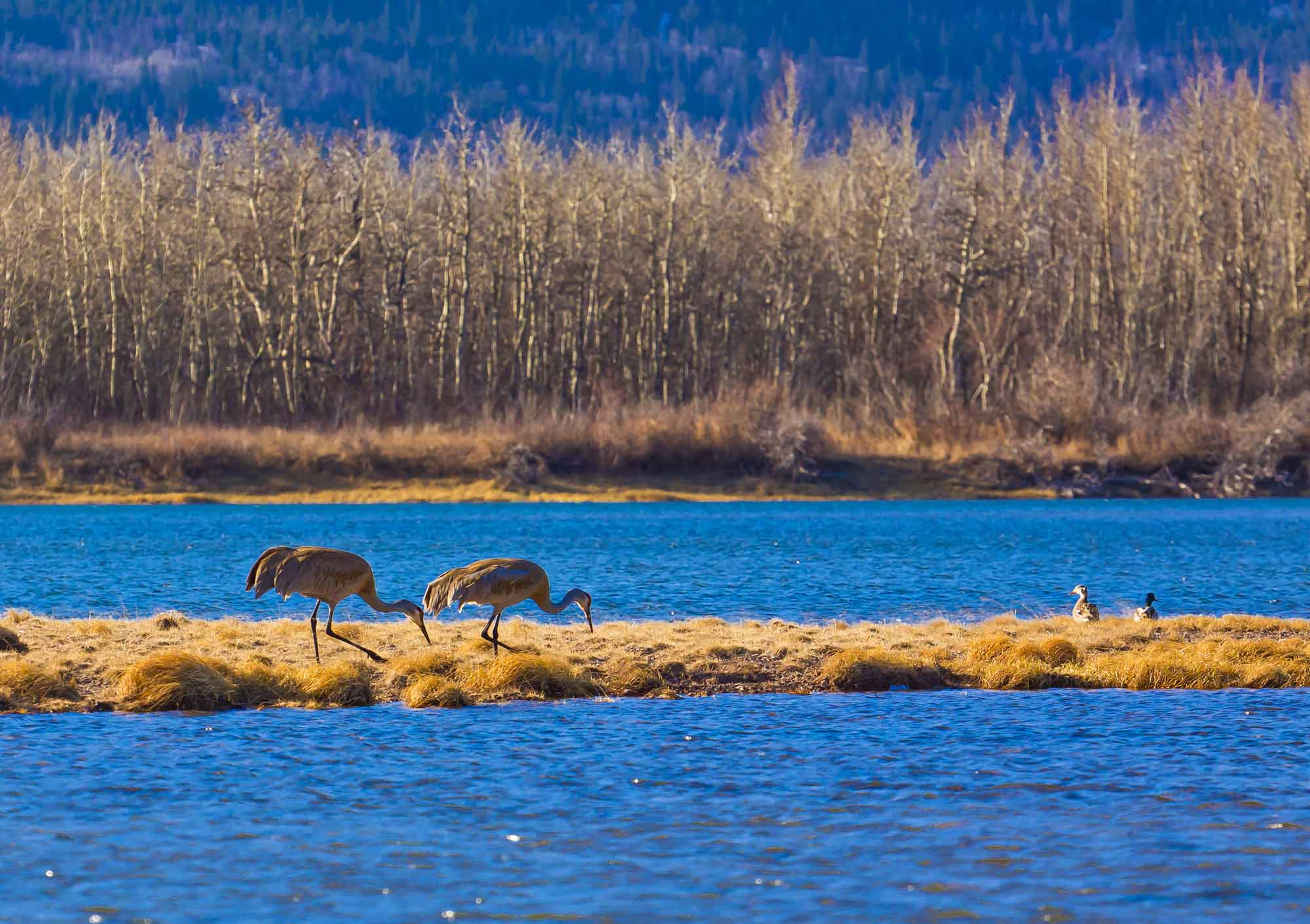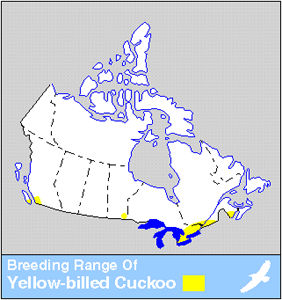Article
Coral
Coral, common name for various small, sessile, usually colonial, marine invertebrates of phylum Cnidaria.

Enter your search term
Signing up enhances your TCE experience with the ability to save items to your personal reading list, and access the interactive map.
Create AccountArticle
Coral, common name for various small, sessile, usually colonial, marine invertebrates of phylum Cnidaria.
"https://www.thecanadianencyclopedia.ca/images/tce_placeholder.jpg?v=e9dca980c9bdb3aa11e832e7ea94f5d9" // resources/views/front/categories/view.blade.phphttps://www.thecanadianencyclopedia.ca/images/tce_placeholder.jpg?v=e9dca980c9bdb3aa11e832e7ea94f5d9

Article
The cormorant (Phalacrocoracidae) is a family of predominantly black birds with hooked, laterally compressed bills, naked, coloured skin on the throat and noticeably stiff tail feathers.
"https://d3d0lqu00lnqvz.cloudfront.net/media/media/7e8f114b-ea2d-448c-9f15-73537f1ceadb.jpg" // resources/views/front/categories/view.blade.phphttps://d3d0lqu00lnqvz.cloudfront.net/media/media/7e8f114b-ea2d-448c-9f15-73537f1ceadb.jpg

Article
Cougar, puma or mountain lion (Felis concolor, family Felidae), is the most gracile of the New World wild cats.
"https://d3d0lqu00lnqvz.cloudfront.net/media/media/94834fd3-4cb3-4c5b-a39d-60dc2dd0c32c.jpg" // resources/views/front/categories/view.blade.phphttps://d3d0lqu00lnqvz.cloudfront.net/media/media/94834fd3-4cb3-4c5b-a39d-60dc2dd0c32c.jpg

Article
Coyote (Canis latrans, family Canidae), often called prairie wolf or brush wolf, is intermediate in size between the wolf and fox.
"https://d3d0lqu00lnqvz.cloudfront.net/media/media/c9bc8847-2efd-4984-9177-d03df0a0d6b1.jpg" // resources/views/front/categories/view.blade.phphttps://d3d0lqu00lnqvz.cloudfront.net/media/media/c9bc8847-2efd-4984-9177-d03df0a0d6b1.jpg

Article
Crab, common name for 2 groups of decapod ("ten-footed") Crustaceans. The Anomura, including hermit, mole and lithoid crabs, have relatively normal abdomens.
"https://d3d0lqu00lnqvz.cloudfront.net/media/media/407b4264-d1b7-4ccf-bc5d-ae17394d2ea5.jpg" // resources/views/front/categories/view.blade.phphttps://d3d0lqu00lnqvz.cloudfront.net/media/media/407b4264-d1b7-4ccf-bc5d-ae17394d2ea5.jpg

Article
The crane (Gruidae) is a family of large, long-necked birds with sturdy bills and long, powerful legs.
"https://d3d0lqu00lnqvz.cloudfront.net/media/media/6e248b9d-ee94-4dfc-9230-f439c962dc49.jpg" // resources/views/front/categories/view.blade.phphttps://d3d0lqu00lnqvz.cloudfront.net/media/media/6e248b9d-ee94-4dfc-9230-f439c962dc49.jpg

Article
Crayfish, moderately sized freshwater Crustacean of order Decapoda, similar in appearance to the American lobster.
"https://d3d0lqu00lnqvz.cloudfront.net/media/media/26b19c71-e255-4ac7-bc4f-fd512d33f6a4.jpg" // resources/views/front/categories/view.blade.phphttps://d3d0lqu00lnqvz.cloudfront.net/media/media/26b19c71-e255-4ac7-bc4f-fd512d33f6a4.jpg

Article
The creeper (family Certhiidae) is a small, brown-backed bird with a stiff tail and thin, downcurved bill.
"https://d3d0lqu00lnqvz.cloudfront.net/media/media/27cfa166-9f4b-47da-8f28-23ce3314e5f2.jpg" // resources/views/front/categories/view.blade.phphttps://d3d0lqu00lnqvz.cloudfront.net/media/media/27cfa166-9f4b-47da-8f28-23ce3314e5f2.jpg

Article
Over 2000 species of true crickets (superfamily Grylloidea) are known worldwide.
"https://d3d0lqu00lnqvz.cloudfront.net/media/media/c5ef359f-9297-49ff-bced-56f49ccd08b6.jpg" // resources/views/front/categories/view.blade.phphttps://d3d0lqu00lnqvz.cloudfront.net/media/media/c5ef359f-9297-49ff-bced-56f49ccd08b6.jpg

Article
The crow family (Corvidae) is a large family of birds that includes jackdaws, choughs, jays, magpies and nutcrackers as well as crows and ravens.
"https://www.thecanadianencyclopedia.ca/images/tce_placeholder.jpg?v=e9dca980c9bdb3aa11e832e7ea94f5d9" // resources/views/front/categories/view.blade.phphttps://www.thecanadianencyclopedia.ca/images/tce_placeholder.jpg?v=e9dca980c9bdb3aa11e832e7ea94f5d9

Article
Crustacean, shelled invertebrate with segmented body and limbs at some stage of its life, an exoskeleton and 2 pairs of antennae. The exoskeleton, a protective and supportive framework located outside the body, is periodically molted to allow for growth.
"https://d3d0lqu00lnqvz.cloudfront.net/media/media/cd7b212f-c69d-49e1-a587-e8910ed185c8.jpg" // resources/views/front/categories/view.blade.phphttps://d3d0lqu00lnqvz.cloudfront.net/media/media/cd7b212f-c69d-49e1-a587-e8910ed185c8.jpg

Article
In Canada, all crustacean species with significant economic value are in the order Decapoda. Decapods, which have five pairs of walking legs, include lobsters, crab and shrimp. These species constitute most of the dollar value of Canadian fisheries. In some areas, particularly in the Atlantic provinces, the local economy is almost completely dependent on them.
"https://d3d0lqu00lnqvz.cloudfront.net/media/media/cd7b212f-c69d-49e1-a587-e8910ed185c8.jpg" // resources/views/front/categories/view.blade.phphttps://d3d0lqu00lnqvz.cloudfront.net/media/media/cd7b212f-c69d-49e1-a587-e8910ed185c8.jpg

Article
The cuckoo (Cuculidae) is a family of birds with about 130 species, including common cuckoos, anis, couas, coucals and roadrunners, distributed almost worldwide.
"https://d3d0lqu00lnqvz.cloudfront.net/media/media/57fe268b-f18c-48ca-9db0-f1056a60649d.jpg" // resources/views/front/categories/view.blade.phphttps://d3d0lqu00lnqvz.cloudfront.net/media/media/57fe268b-f18c-48ca-9db0-f1056a60649d.jpg

Article
Cuttlefish, decapod ("ten-footed") mollusc of class Cephalopoda. Cuttlefish comprise over 100 species in genera Sepia and Spirula.
"https://d3d0lqu00lnqvz.cloudfront.net/media/media/abd792d0-0ce9-4b63-a09f-fd291257017a.jpg" // resources/views/front/categories/view.blade.phphttps://d3d0lqu00lnqvz.cloudfront.net/media/media/abd792d0-0ce9-4b63-a09f-fd291257017a.jpg

Article
Damselfly, thin-bodied, carnivorous insect with 2 pairs of long, membranous, narrow-based wings.
"https://www.thecanadianencyclopedia.ca/images/tce_placeholder.jpg?v=e9dca980c9bdb3aa11e832e7ea94f5d9" // resources/views/front/categories/view.blade.phphttps://www.thecanadianencyclopedia.ca/images/tce_placeholder.jpg?v=e9dca980c9bdb3aa11e832e7ea94f5d9
